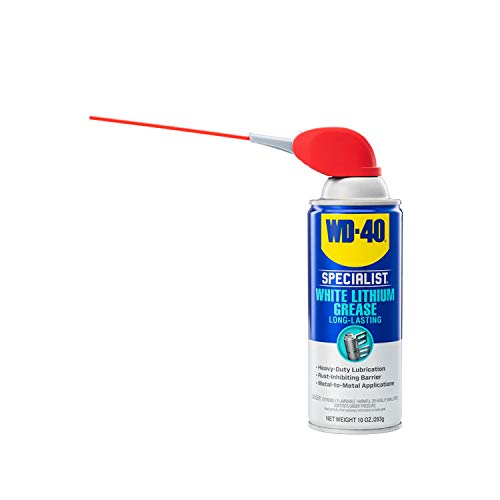How to Lubricate a Proform Elliptical
Knowing how to lubricate a Proform elliptical trainer is a vital part of maintaining your machine. Luckily, the process is fairly straightforward and is easy to incorporate into your wider care routine.
In this article, we’ll go over how to lubricate a Proform elliptical and discuss why it might be squeaking in the first place.
How Do I Stop My Proform Elliptical From Squeaking?
The most effective way to stop a Proform elliptical from squeaking is by lubricating the moving parts. This doesn’t involve taking the machine apart, as you can perform the required maintenance very easily.
When lubricating your Proform elliptical, you need to focus on the rollers and the ramp. These are located below the footplates at the back of the machine. The ramp is what the rollers move on, and the rollers are connected to the bottom of the footplates.
For specific guidance about which parts these are on your machine, check your user’s manual. There should be an illustration at the start that labels all the parts.
Of course, there are other moving parts on a Proform elliptical, but the rollers and ramp are the most common causes of squeaking noise because they account for most of the movement and take most of the machine’s strain.
How to Lubricate a Proform Elliptical
The following are general steps for how to lubricate a Proform elliptical. While the placement and layout may vary between models in Proform’s elliptical range, they’ll always be in the same general location. Similarly, the steps for lubricating them are the same.
1. Use a lint-free cloth to remove any dust or debris from the ramp and rollers. All you need to do is wipe the cloth over; there’s no need for a vacuum cleaner unless they’re really dusty.
2. Spray some silicone lubricant onto a cloth and wipe it over the ramp. Do the same on each roller, ensuring you only leave a thin coat of lubricant. I recommend using this:
3. Briefly run the machine a few steps to distribute the lubricant around any areas you couldn’t reach with the cloth.
That’s really all there is to it. Of course, the wider maintenance routine for a Proform elliptical involves checking moving parts and cleaning around the machine, but this is all you need to do to lubricate it.
How Often Should You Lubricate Your Proform Elliptical?
How often you should lubricate your Proform elliptical largely depends on how often you use it. Again, check your user’s manual for specific instructions from the manufacturer. There should be a maintenance section that explains this in detail.
You should aim to lubricate your elliptical trainer at least once every 6 months. If you use it regularly, consider ramping this up to once a month. However, there’s no need to do it any more regularly than this, as silicone lubricant lasts for quite a long time.
Why is My Proform Elliptical Squeaking?
Your Proform elliptical is likely squeaking because you haven’t been maintaining it properly. The moving parts can rub together, which creates friction. It’s this friction that leads to the squeaking noise, and luckily it’s easy to fix with some lubricant.
As mentioned, you should use silicone lubricant for this. The main reason is that petroleum-based lubricants can damage non-metallic parts on your elliptical, which arguably leads to worse problems than a bit of squeaking.
ProForm Elliptical Lubricant
There isn’t a specifically designed ProForm elliptical lubricant. Silicone lubricant is widely available and is the best type to use, It’s used for all kinds of applications because it’s significantly less invasive than something like normal WD-40. Importantly, you can use it on all your other gym equipment, too. So make sure you stick with WD40, here is the specific one I recommend:
Final Thoughts on Lubricating a Proform Elliptical
You should now have all the relevant information you need to lubricate your Proform elliptical. It’s an incredibly easy process because you don’t even need to take the machine apart.
If it’s gotten to the point that your elliptical trainer is squeaking, a lack of maintenance is the most likely cause. However, if that doesn’t solve things, make sure you get in touch with a qualified technician, as it could be a sign of a larger problem.
An ex-triathlete, fitness coach and writer with a Masters in Sports Physiology. Fitness is my passion and I've had my fair share of home fitness equipment tried and tested!






One Comment